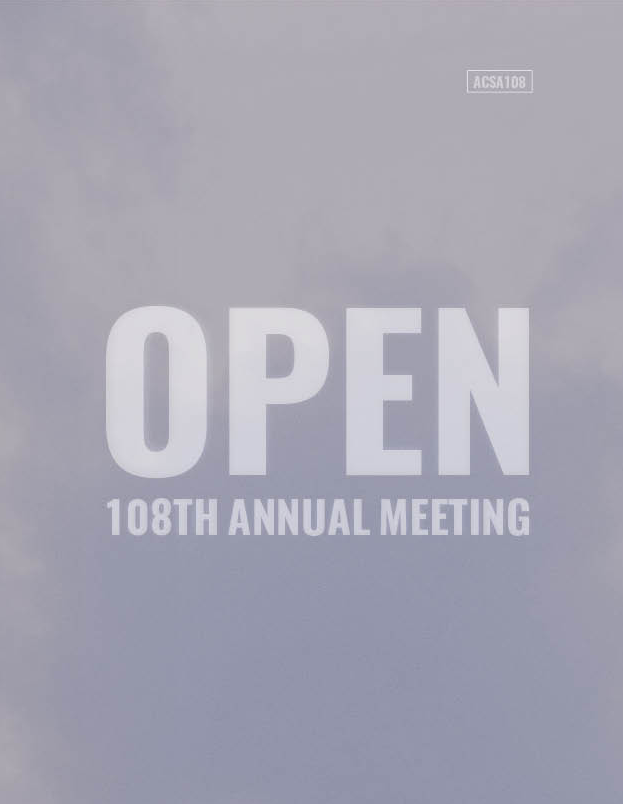Author(s): Alex Timmer
The façade, or enclosure, is the primary signifier of architecture as a whole. In Rem Koolhaas’s “Elements of Architecture” the introduction to the chapter on facades states that as “a metonym for architecture … the façade is the element most invested with political and cultural meaning.” [1] Throughout history of architecture the façade has taken on and reflected the cultural and political concerns of the day. Through each period, the architect has displayed an attraction and obsession with the façade as the location of innovation in architecture. Rather than see this as relinquishing of the agency of the architect, can we reimagine the role of the skin as both mediator of its environment and active produce of it? In this essay I will be demonstrating how these questions and issues are pedagogically addressed within a coordinated undergraduate core studio. Students were asked to design three small buildings on a single site. Each project asked the students to consider a single environmental actor as its primary focus of the design. The projects leveraged architectural responses to lighting, acoustic, and thermal issues. While each building leveraged a single environmental force students soon realized that many of these systems overlapped and are codependent. The semester starts with the design of an Architecture of Light: a free standing gallery. The second project was an Architecture of Sound: a performance space that must function as a closed performance space in the winter and an open performance space in the summer. The final project was an Architecture of Heat: a spa and boat house that utilized thermal experience and natural ventilation. In this essay I will be discussing how each of these projects related to each other, what tools the students used, and where there might be opportunities for further developing this pedagogy.
https://doi.org/10.35483/ACSA.AM.108.101
Volume Editors
ISBN
978-1-944214-26-5

 Study Architecture
Study Architecture  ProPEL
ProPEL 
